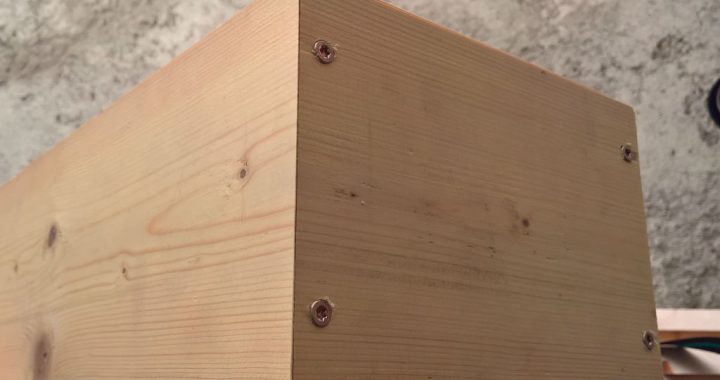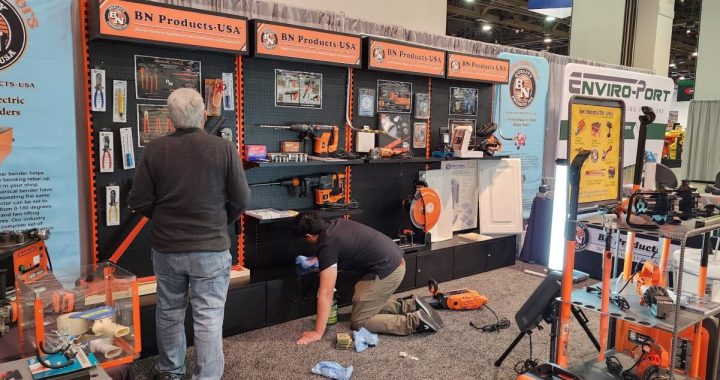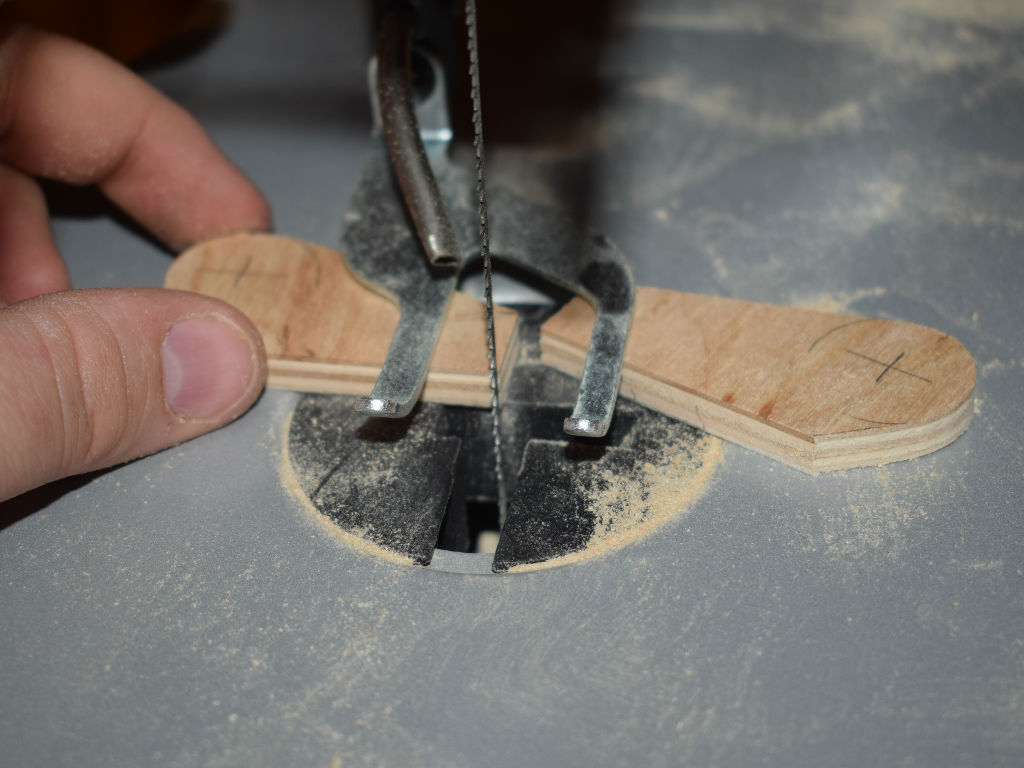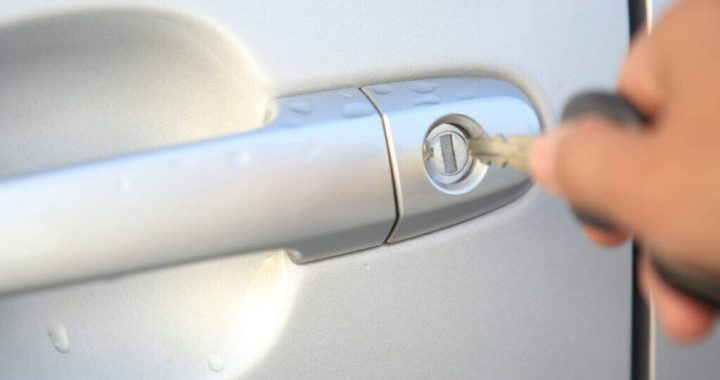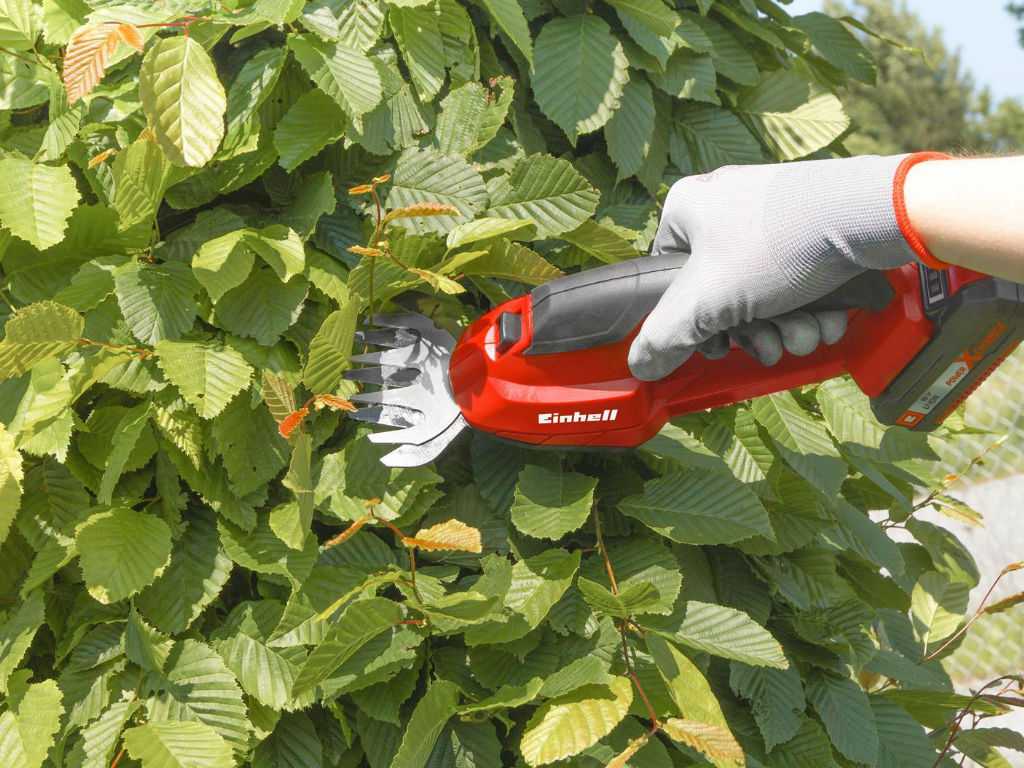In construction endeavors, precision and efficiency are paramount, especially in geocomposite retaining wall projects. Among the myriad of tools utilized, the wrench emerges as a vital instrument, essential for ensuring the stability and longevity of these crucial structures.
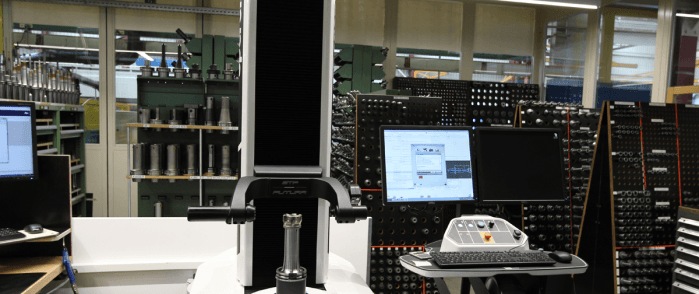
Why is a wrench essential in the installation of geocomposite retaining walls?
A wrench is indispensable during geocomposite retaining wall installation as it facilitates the precise tightening of bolts and fasteners, ensuring a secure and resilient structure. Proper tightening is essential for withstanding external pressures and maintaining structural integrity.
What types of wrenches are commonly used in geocomposite retaining wall construction?
Various types of wrenches are commonly used in geocomposite retaining wall construction, including adjustable, socket, and torque wrenches. Each type offers unique advantages, catering to different aspects of the assembly process.
How does the use of a wrench contribute to the efficiency of geocomposite retaining wall installation?
Wrenches play a crucial role in enhancing the efficiency of geocomposite retaining wall installation by enabling swift and accurate fastener tightening. This reduces labor time and minimizes errors, resulting in a more streamlined and effective construction process.
What role does maintenance play in preserving the integrity of geocomposite retaining walls, and how does the wrench factor into this?
Maintenance is essential for preserving the integrity and functionality of geocomposite retaining walls over time. Wrenches are indispensable tools for conducting routine inspections, repairs, and adjustments, ensuring that the wall remains in optimal condition and capable of providing long-term stability.
The utilization of wrenches in geocomposite retaining wall construction is crucial for achieving structural stability, efficiency, and resilience, highlighting their indispensable role in the construction industry.
